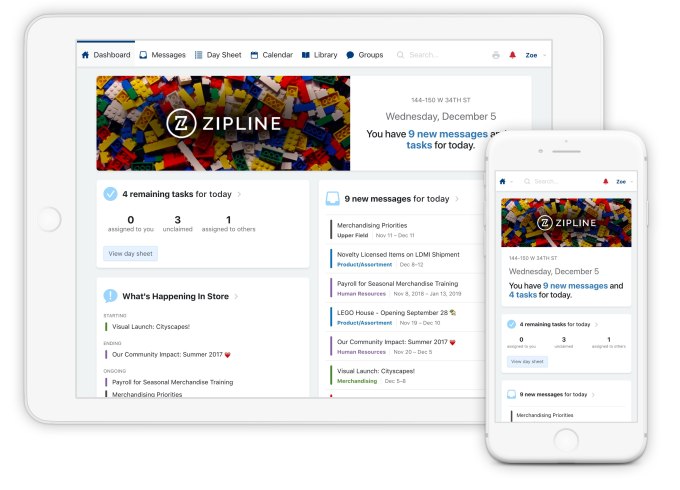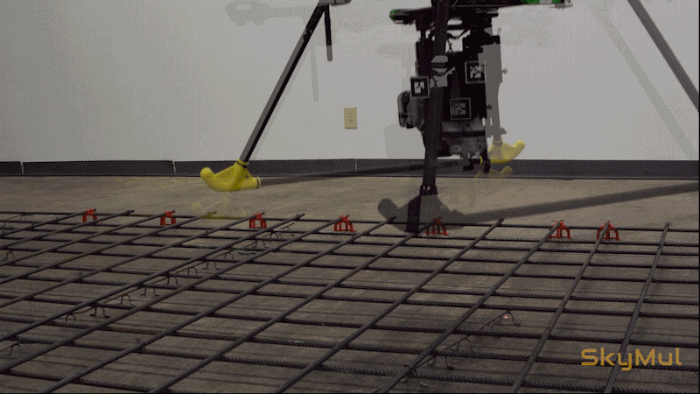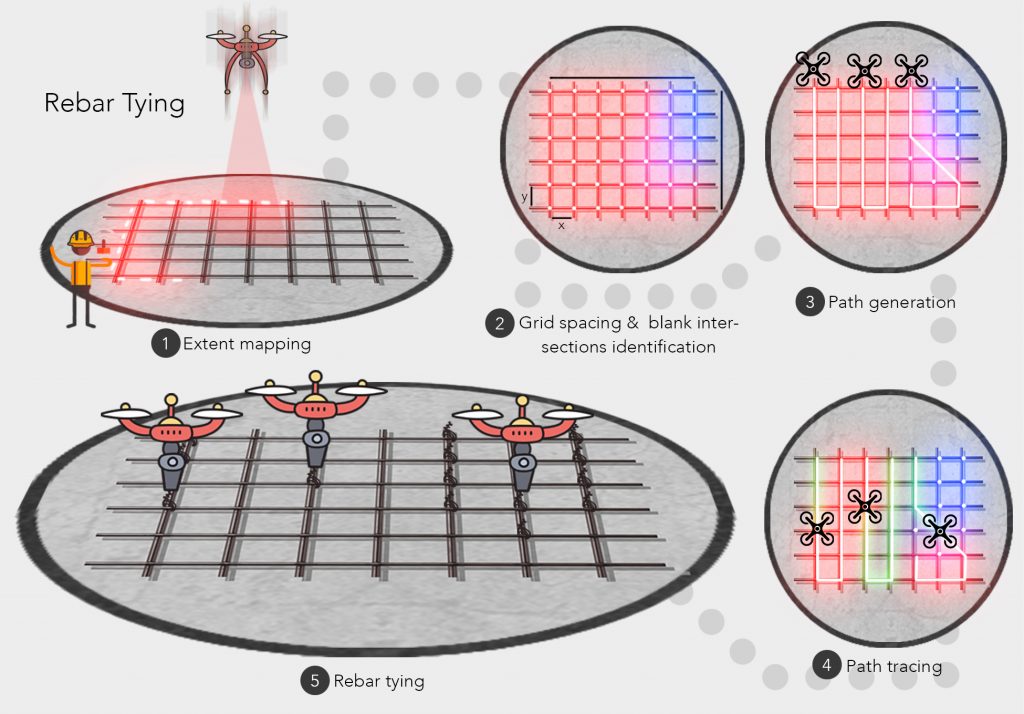SpineZone is a startup that creates personalized exercise programs and treatment for neck and back pain. The company uses an online platform and in-person clinics to deliver a curriculum that, ideally, helps patients avoid the need for prescription drugs, injections and surgeries, and providers then avoid the cost of all of the above. Co-founded by brothers Kian Raiszadeh and Kamshad Raiszadeh, the company tells TechCrunch that it has raised $12 million in a Series A round led by Polaris Partners and Providence Ventures, with participation from Martin Ventures.
At its core, SpineZone is a virtual physical therapy platform augmented by in-person clinics. The latter bit is important because it takes a video repository, which has health outcomes baked into it, and helps get those same users some real-life support.
Patients can log onto the site, either through smartphone or laptop, and then answer a series of questions around pain and risk factors. Then, patients can go through a series of exercises. These exercises are created in tandem with professionals, and are based on peer-reviewed and evidence-based articles on musculoskeletal health.
Beyond this digital archive of videos, SpineZone offers an in-person clinic option to help patients practice these exercises. Off of this strategy, the startup claims that it has “1 million lives under management.”
SpineZone’s value proposition is that it helps payers and providers, whether that be employers, clinics or health plans such as Cigna or Aetna, avoid placing their patients in surgeries, which are expensive. By taking care of pain issues before they bubble up, SpineZone says that its current partners have been able to have a 50% reduction in surgery rate (it’s worth noting that COVID-19 could also play a role in this because it is high-risk to enter a medical facility).
Partners are happy because footing the bill of a non-operative procedure is remarkably cheaper than a non-operative procedure.
The cost saving that a medical center could endure can be in the millions. For example, the Sharp Community Medical Group saved $3.4 million in cost savings after working with SpineZone for two years.
SpineZone’s business model is a smidge more complicated than your classic SaaS fee. For example, it charges a clinic based on the number of members it serves per month, and also shares in the downside. For example, if SpineZone promises to get a clinic to $12 million in spend from $15 million, and the cost ends up being $17 million, the company will pay the clinic a portion of the difference. Alternatively, if SpineZone got the clinic to $10 million, even below estimates, it shares in the upside.
SpineZone joins a cohort of health tech startups that focus on musculoskeletal conditions. Venture-backed competitors include Peerwell, Force Therapeutics and Hinge Health, which was most recently valued at $3 billion, with plans to go public.
In order to win, many startups, SpineZone including, need value-based care to replace fee-for-service care. Value-based care is the idea that doctors are paid for outcomes instead of the number of times you enter a doctor’s office. The end goal is that this format creates monetary incentives around getting to an outcome faster: If a doctor is going to make $30,000 on fixing a knee, regardless of whether it takes two appointments or 20 appointments, they might as well do a more thorough job upon check-up instead of elongating the process. The flipside of this, of course, is that doctors might optimize for outcome volume and speed rather than the quality of the result itself.
While SpineZone’s early traction is promising, the healthcare ecosystem still has a ways to go before value-based models take precedence. Right now, Kian Raiszadeh estimates that 10 to 20% of revenue in a medical center comes from value-based care. SpineZone is projecting that it will get to 50% of revenue in the near future.
“And that’s the biggest evolution and tallest lift that we’re expecting,” he said.
Early Stage is the premiere ‘how-to’ event for startup entrepreneurs and investors. You’ll hear first-hand how some of the most successful founders and VCs build their businesses, raise money and manage their portfolios. We’ll cover every aspect of company-building: Fundraising, recruiting, sales, legal, PR, marketing and brand building. Each session also has audience participation built-in – there’s ample time included in each for audience questions and discussion.










